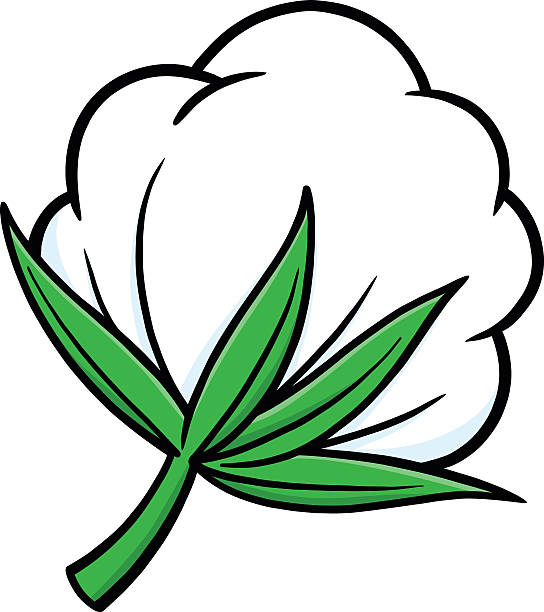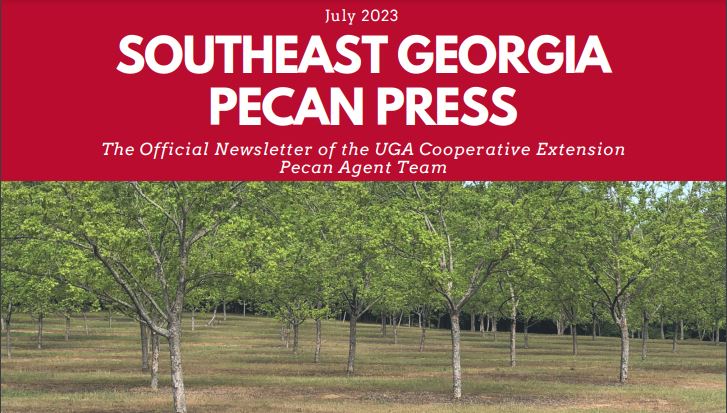Recent Posts
-

There have been a few isolated reports of Fall Armyworms in hayfields. Be sure to check fields. Treat if you’re at threshold levels (3 to 5 per foot). They can be very difficult to find when small. https://secure.caes.uga.edu/extension/publications/files/pdf/B%201484_2.PDF
Posted in: Cattle -

Bulloch County Ag Center—151 Langston Chapel Rd, Statesboro, GA September 12 -13, 2023 Registration required. Register online at https://conted.warnell.uga.edu/ Learn about pine straw yields by species, site quality, land-use history, and basal area. • Review cut-over and old-field pine straw studies, as well as other factors that affect pine straw yields. • Learn how the…
-

August 9, 2023 9am. Registration online
Posted in: Meetings and Events -

Tuesday 15th August 2023 Offered by SE District Extension and The Warnell School of Forestry and Natural ResourcesWayne County Extension Office1900 Sunset BoulevardJesup, GA 31545 11:00am Registration11:40am Welcome – Mark Frye and David Dickens11:50 – 12:45 Herbicides for site prep and study results12:45 – 1:30pm Herbicides for herbaceous weed control and study results1:30 – 1:40…
-

-
 Posted in: Cotton
Posted in: Cotton -
 Posted in: Pecans
Posted in: Pecans -
GEORGIA COTTON COMMISSION’S 2023 MID-YEAR MEETING & UGA COTTON PRE-HARVEST WORKSHOPJuly 26, 2023 Nessmith-Lane Conference CenterStatesboro, GeorgiaPre-register FREE https://academics.georgiasouthern.edu/ce/conferences/georgia-cotton-commissions-mid-year-meeting/
Posted in: Uncategorized -
Southern corn rust confirmed in Appling county. It wasn’t spread wide across the field, and so little was on the leaf that I nearly missed it (not like the picture below). Nonetheless, it is here. If corn is between VT stage and R6 stage with good yield potential, consider applying a fungicide. Corn sprayed within…
Posted in: Uncategorized -
Cotton newsletter June 2023
Posted in: Cotton